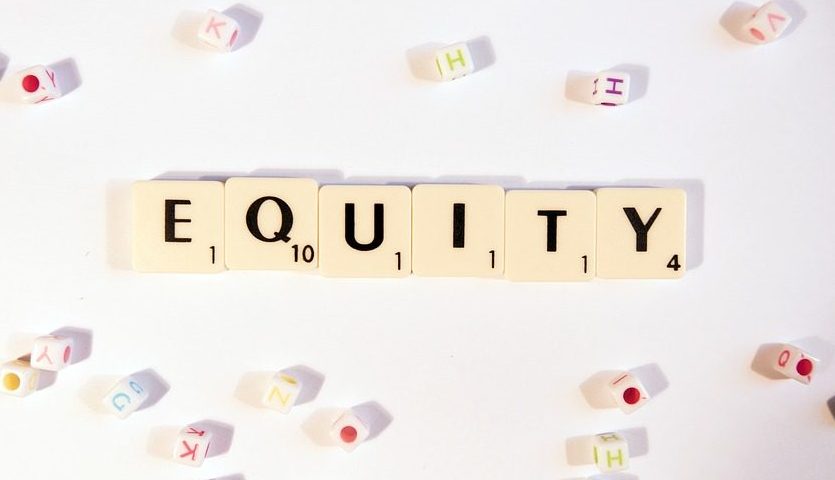
Why Disparities and Health Equity Matter in Substance Use Prevention for Youth
“Disparity.†What comes to your mind when you hear this word? Oxford English Dictionary defines “disparity†as “a great difference.†“Disparity†may not be a word you hear every day in casual conversation. But, it is a word that the public health field uses often to explain that there is a problem that needs to be addressed. Disparities in health-related data are often what tell us where we should use resources – time, money, people’s professional or volunteer roles – to address a health problem. However, knowing that there are disparities is only half the story. The question is: why should we care about disparities?
A related public health concept is health equity. The word “equity†can have different definitions. The way the public health field typically defines “equity†relates to the Oxford English Dictionary definition: “the concept of being fair and impartial.†It may not be possible to be impartial because humans have biases. But, it is possible to work toward fairness. Health equity is the application of this value of fairness to the issue of health.
Why do fairness and equity matter for young people and substance use prevention?
We know that not all disparities are created equal, to borrow a phrase. Some disparities are random, and they do not present a problem. However, not all disparities are accidental.
For example, we know that certain groups of young people in the United States will report higher rates of substance use. We know that young people who identify as lesbian, gay, bisexual, or transgender (LGBT) report higher rates of substance use. Here’s a way to think about disparities: how many high school students in your community report that they use substances on a regular basis? If high school students in your community who use substances regularly are also dealing with stressful issues like poverty or homelessness, this might be a disparity that your community could address together.
So, why does it matter that there are disparities when we look at data on young people and substance use? It matters because all young people deserve a good life and an opportunity to be successful, but not all young people have access to the same resources. As adults and members of the community, if young people are experiencing disparities that make them more likely to use substances, we have a shared responsibility to get involved in our community to address the root causes and promote equity for all young people.
Find out how to get involved in substance use prevention in your community.
- Chris Cobb is the Program Coordinator for the Quincy Area Massachusetts Opioid Abuse Prevention Collaborative (MOAPC), a program of Bay State Community Services
References: Oxford English Dictionary, Definition of “Disparity.†https://www.lexico.com/en/definition/disparity; Oxford English Dictionary, Definition of “Equity.†https://www.lexico.com/en/definition/equity.; Office of Disease Prevention and Health Promotion. “Healthy People 2020†Internet Resource. “2020 Topics and Objectives – Lesbian, Gay, Bisexual, and Transgender Health.†https://www.healthypeople.gov/2020/topics-objectives/topic/lesbian-gay-bisexual-and-transgender-health#two
